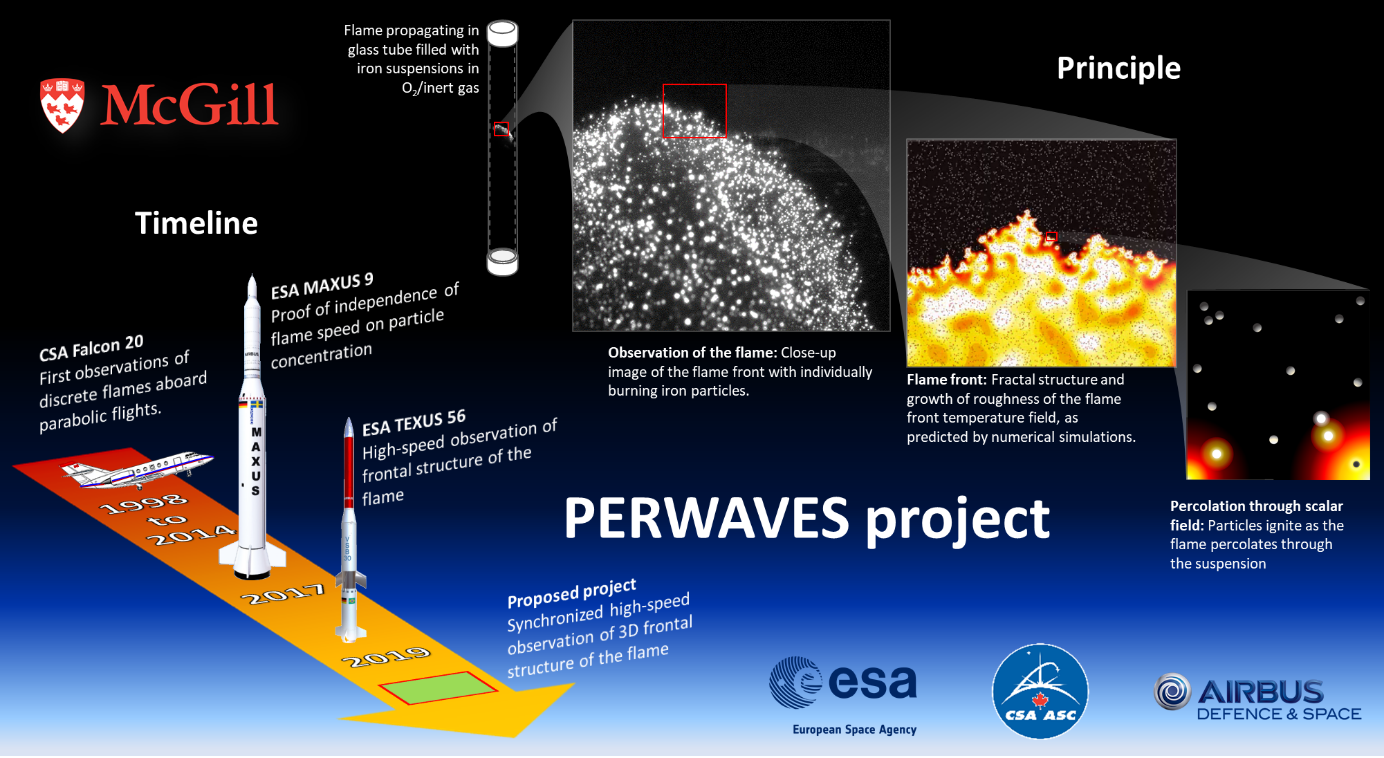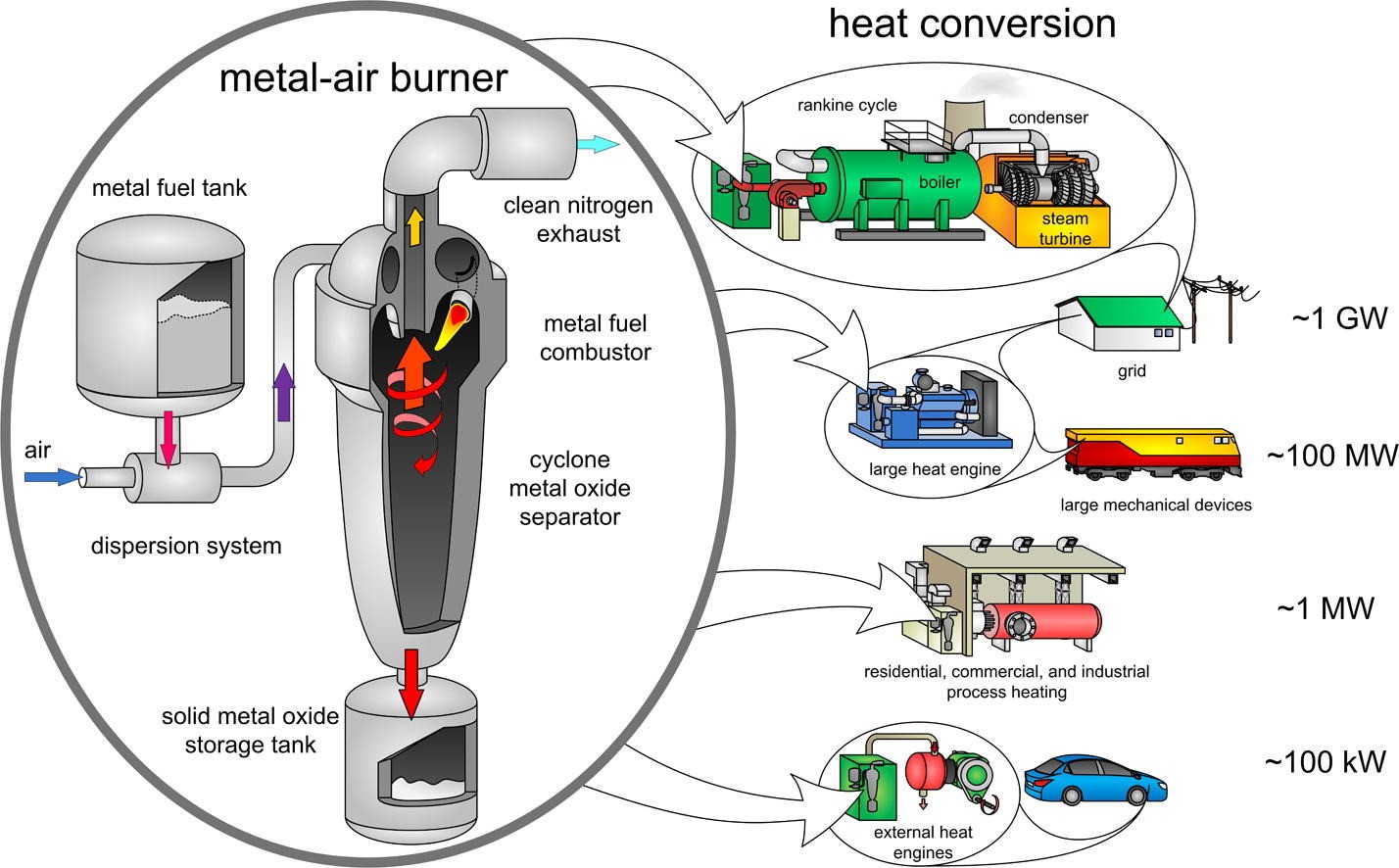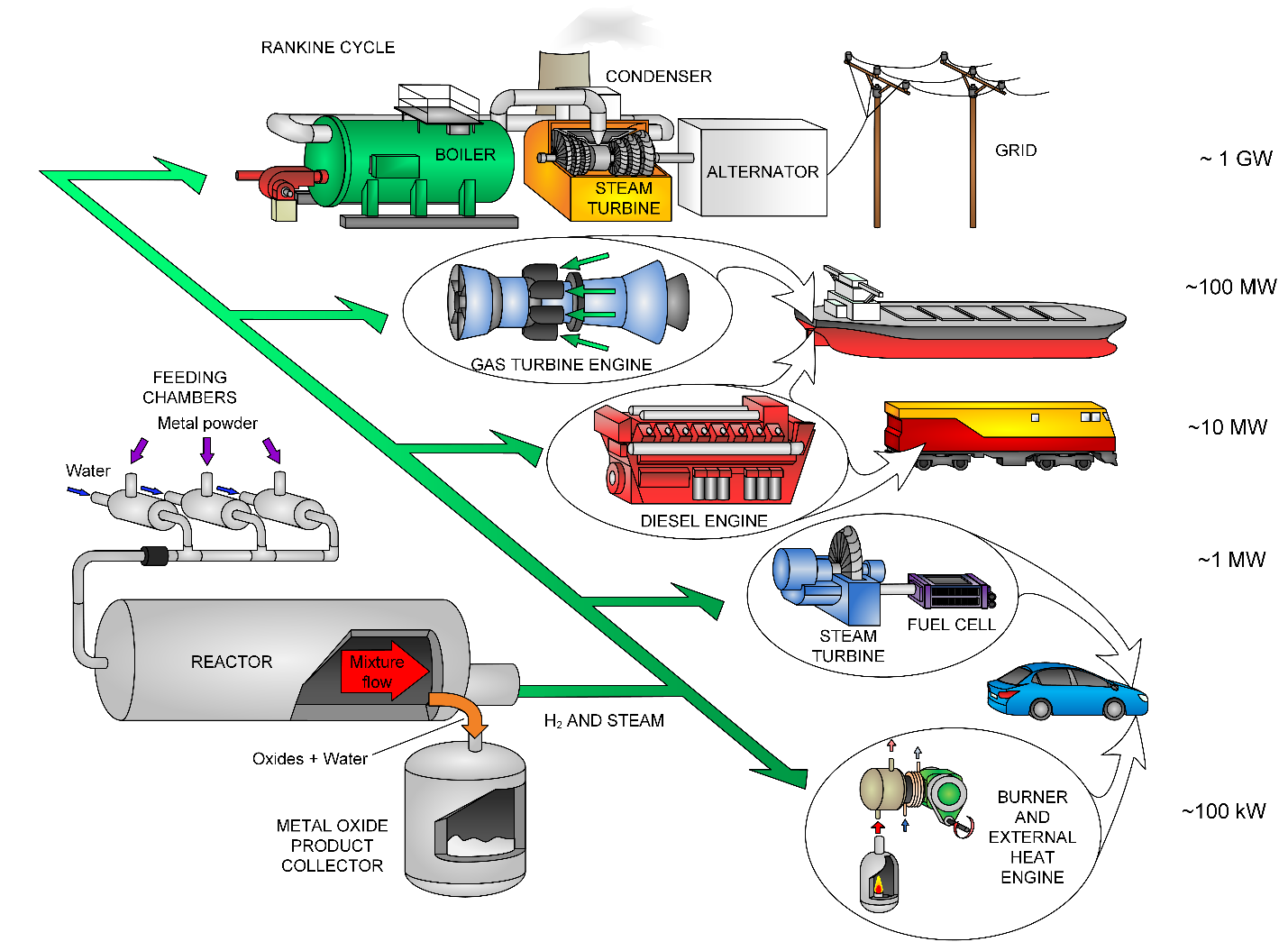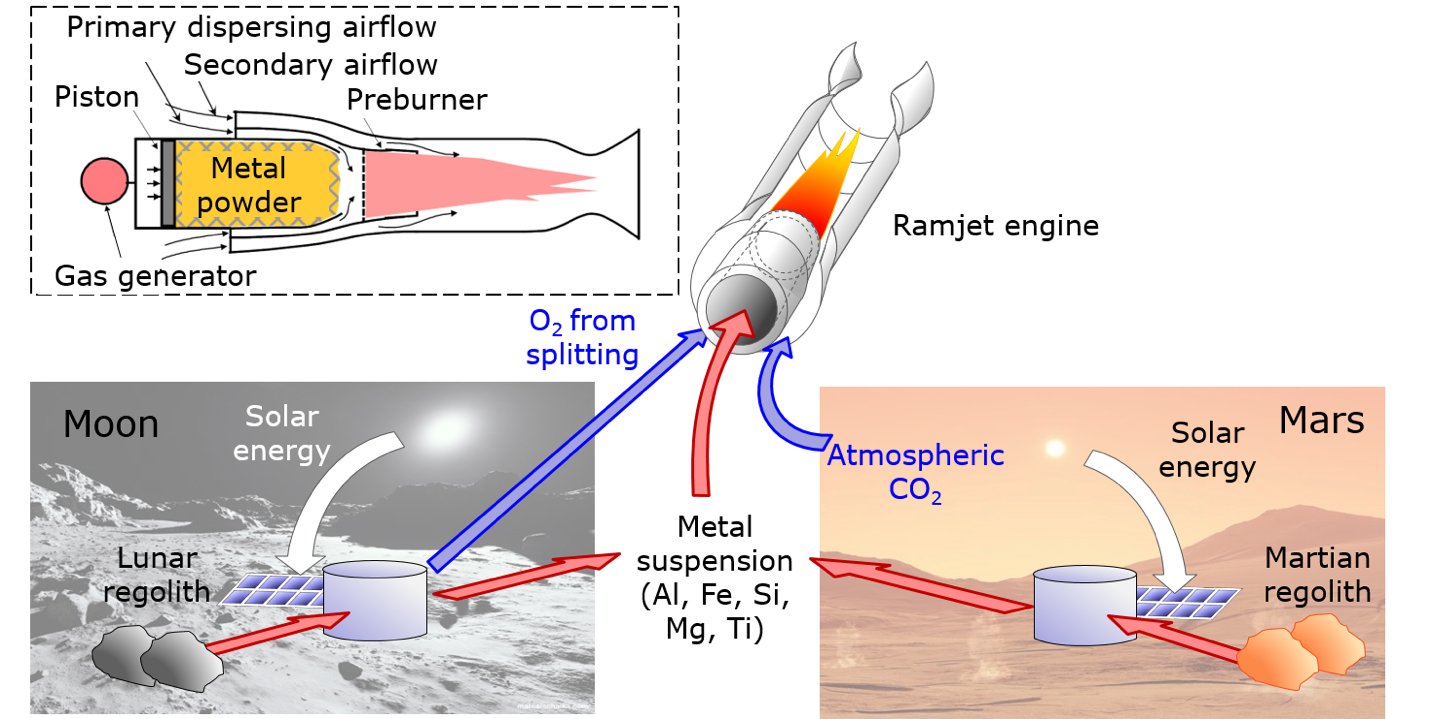PERWAVES experiment to launch on TEXUS-56 sounding rocket
The PERWAVES project is an international collaboration between a group of universities, led by the Alternative Fuels Laboratory (AFL) at McGill, the European Space Agency (ESA), the Canadian Space Agency (CSA), and Airbus Defence and Space. The goal of PERWAVES is to explore the unique properties of flames burning in suspensions of reactive metal particles. The project aims at understanding the physics of how a flame – a heat and reaction wave – propagates through a cloud of randomly-dispersed metal particles, which individually ignite burn on their surface. This experiment is a visually accessible analog to many fundamental systems in physics and biology, governed by complex phenomena such as percolation, surface growth, or network dynamics. The experiments will provide a unique set of data to test and further develop our understanding of the complex physics involved in these systems, such as the complex flame (reaction) dynamics and the fractal structure of the flame (reaction) front. The PERWAVES experiments cannot be performed in the laboratory, because the metal particles settle too quickly and buoyancy disrupts these slow flames, such that they require a high-quality microgravity environment, which can only be achieved on orbital or suborbital platforms. The chart below shows the timeline of the PERWAVES project:

Figure 1: Timeline and objectives of PERWAVES project. Credit: J. Palecka
PERWAVES is part of a broader effort by the ESA, the CSA, McGill, and other institutions aimed at improving our scientific understanding of metal combustion and at the development of technologies that use metals to provide zero-carbon heat and power for applications on Earth and in Space.
There is hardly any material that embodies humankind and its progress as much as metals do. From the moment we started using metals, humankind underwent rapid changes. The copper age, bronze age, and, iron age saw entire civilizations rise and disappear, and propelled humans to an age of exploration and commerce, ruled by metals such as gold or silver. Then, came the age of steel, which allowed us to access sources of energy that literally brought us to the stars.
The Alternative Fuels Laboratory at McGill believes that metals have not yet shown their full potential. While they are indispensable for their strength, conductivity, durability, and workability, one of their key properties, their large chemical energy density, has not yet been entirely tapped by our society. The only other chemical fuel capable of delivering the same amount of energy per mass or volume are hydrocarbons. While hydrocarbons produce toxic pollutants and the carbon dioxide emissions that cause climate change, metals do not involve the production of any volatile gas such as CO2 and the product of their reaction – solid metallic oxides – can be relatively easily collected and recycled back to their metallic form. Therefore, unlike oil, natural gas, or coal, metals can serve as a truly sustainable way for storing and transporting clean renewable energy. All that is required is to collect the metallic oxide particles, transport them to a location where excess sustainable energy is available, ‘pump’ the energy back into the particles, by removing the oxygen and making them reactive again [1]. The resulting metal-powder fuel can provide safe and efficient long-term energy storage, or the metal fuels can be shipped all over the world to move clean energy from countries with excess renewable-energy potential, such as Canada, to countries with insufficient domestic renewable energy resources. Metal fuels can become a commodity that can enable the trade of renewable energy on a global scale.
In order to extract this energy for high-power applications, one requires a fast, powerful reaction. This can happen either at high temperature such as in a flame [2] or a higher pressure in pressurized water [3]. That is why, in the Alternative Fuels Laboratory, we study properties of flames and of metal-water reactions. Our goal is to develop metal-fuel technologies that are capable of producing energy and allow the use of metals as zero-carbon energy carrier for a new sustainable world [4].

Figure 2: Metal-fuel burner and engine concept for various heat and power applications [2]. Credit: J. Palecka

Figure 3: Metal-water reactor to produce hydrogen on demand for various power applications [3]. Credit: J. Palecka
Metals have also long been used as fuels in solid rocket propellants and have been discussed as an important enabler for the exploration of extraterrestrial bodies, such as Mars or the Moon. One of the big problems that we will face in our exploration, and possible settlement, of other worlds is the shortage of fuels in Space. Up to now, anywhere we travel, we also need to bring the fuel for the trip back, limiting severely the transportation capabilities of our rockets on the outbound trip. Instead, the oxidized metals that are abundant on these planets, moons, or asteroids can be harvested and refined with energy into metal fuels and oxygen, which can be used as a propellant.

Figure 4: Metal-fuel propulsion concepts for space exploration. Credit: J. Palecka
References
- P Julien and JM Bergthorson (2017). Enabling the metal fuel economy: green recycling of metal fuels. Sustainable Energy & Fuels 01:615–625.
- JM Bergthorson, S Goroshin, MJ Soo, P Julien, J Palecka, DL Frost, and DL Jarvis (2015). Direct combustion of recyclable metal fuels for zero-carbon heat and power. Applied Energy 160:368–382.
- JM Bergthorson, Y Yavor, J Palecka, W Georges, MJ Soo, J Vickery, S Goroshin, DL Frost, and AJ Higgins (2017). Metal-water combustion for clean propulsion and power generation. Applied Energy 186:13–27.
- JM Bergthorson (2018). Recyclable metal fuels for clean and compact zero-carbon power. Progress in Energy & Combustion Science 68:169–196.
